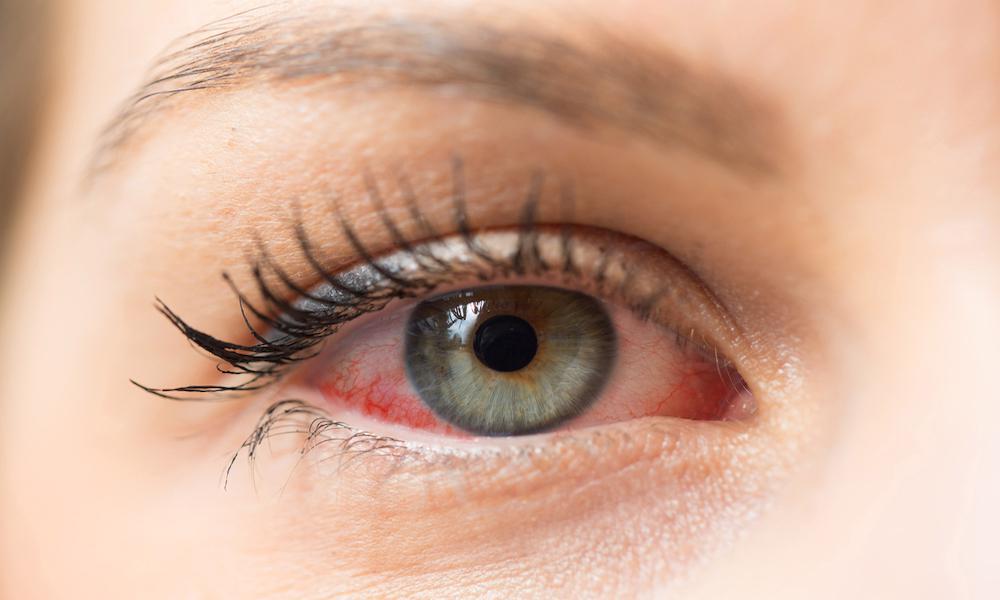
Why does trachoma affect the eyes?
Humans are able to see the beauty of the world through the eyes. A person who is able to have eye vision without the need for additional eye support such as glasses or contact lenses are considered lucky. It is important to take care of your health as eyes may also be affected when a person falls sick. There are many diseases that can affect the eyes. One of them is trachoma.
Trachoma is an eye infection that can affect both eyes. It is the world’s leading cause of infectious blindness. Trachoma has caused visual impairment of 1.8 million people and 450 000 are irreversibly blind. Trachoma is caused by bacteria known as Chlamydia trachomatis. In areas where trachoma is endemic, active trachoma is common in preschool-children. Infection becomes less frequent and shorter in duration as a person ages.
Trachoma infection is typically acquired when living in close proximity to others with active disease. Family is usually the main setting transmission. Trachoma is more common in areas where a lot of people live close together, especially in poor hygiene due to limited access to water and poor toilet facilities. Trachoma is easily spread through direct personal contact such as from fingers, through shared clothes and towels, and through flies that have contact with the eyes or nose of an infected person.
Trachoma usually affects both eyes. An individual’s immune system can clear episodes of infection but in endemic communities, it is frequent for a person to get this infection frequently. In its early stages, trachoma causes pink eye (conjunctivitis). Early symptoms begin within 5 to 12 days of exposure to the bacteria. Symptoms include mild itching and irritation of the eyes and eyelids with discharge from the eyes. As infection persists, it causes eye pain and blurred vision.
When infections are left untreated, it can cause severe scarring on the inside of the. This can cause the eyelid to turn inwards and causes eyelashes to rub against the eyeball (trichiasis). This resulted in constant pain and light intolerance. Other alteration to the eye can lead to scarring of the cornea. Cornea is the clear, dome-shaped window located at the very front of the eye. Continual irritation can turn cornea cloudy and may develop corneal ulcers. This irreversible opacity can result in visual impairment or blindness.
Patients with trachoma usually present with redness to the eyes, irritated eyes and eyelids often presented as itching and eye pain, light sensitivity and discharge from the eyes. Children with trachoma usually have no symptoms. While trachoma is common in small children, scarring and the inward eyelashes are typically found in older people starting at the age of 30 and 40.
Diagnosis of trachoma is usually based on eye examination. Doctors may run tests by taking a sample of the eye’s surface through a swab to test for trachoma. Tests may include smears of the conjunctival cells, cell cultures and serologic tests. This is especially true if a person has visited a country common with trachoma or have lived in the area endemic to trachoma. It is rare for testing to be available in endemic areas. In severe cases, eye exams can reveal scarring on the inside of the upper eyelid, presence of new blood vessel growth in cornea and trichiasis.
Antibiotics are effective in treating early cases of trachoma. Early treatment can prevent long-term complications. Severe or advanced cases may need surgery. Surgery helps to reposition the inward eyelashes. Severe scarring from trachoma can be treated with corneal transplantation. Good hygiene such as hand washing and face washing can help prevent the spread of trachoma. The world Health Organization has established public health strategy in effort to eliminate trachoma, known as SAFE:
S- Surgery to treat advances, blinding stage of the disease.
A- Antibiotics to treat active infection
F- Facial cleanliness which includes washing hands with soap and and washing faces with water to remove discharge from eye
E- Environmental improvements, specifically increasing access to water and sanitation and help to control fly population
Visual impairment or blindness result in worsening of life in those affected. Trachoma does not only directly affect the person, but also their family who are mostly already among the poorest of the poor. Women are blinded up to 4 times when compared to men, probably as they have close contact with infected children and have more chances for frequent infection.
Early diagnosis and treatment is important to minimise the irreversible complication and damages to the eye. SAFE strategy has improved thousands of lives who are at risk for trachoma. Patients should be educated around avoidance of overcrowding and poor hygiene. Hand-eye contact should be minimised as much as possible. This also includes scratching the eyes. Infected people should be quarantined from the rest of the members of the family and friends.



